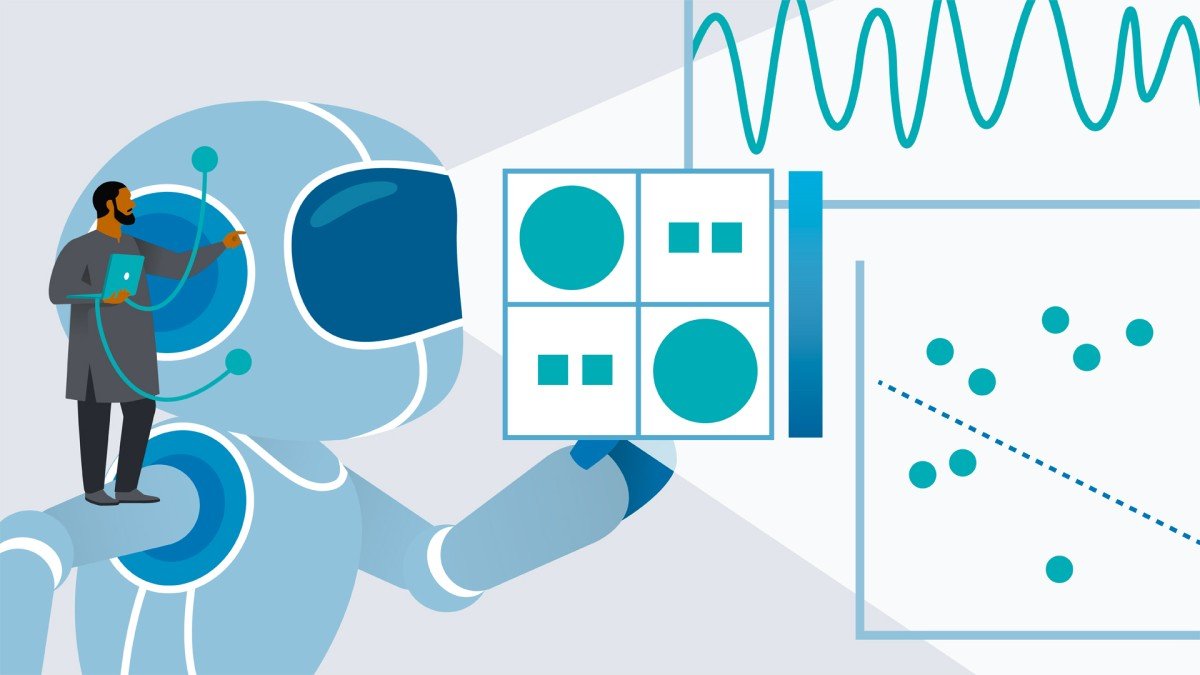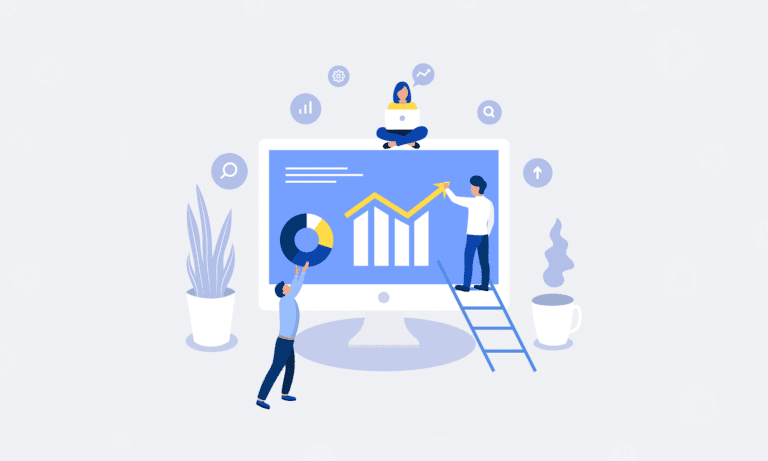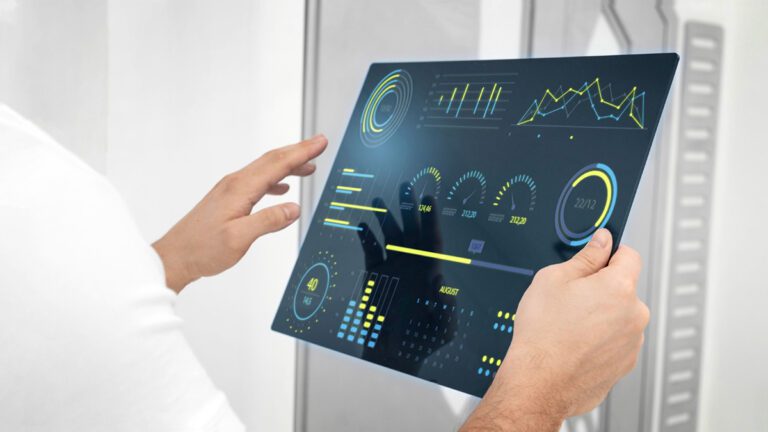Power BI has established itself as a leading business intelligence and data visualization tool, enabling organizations to transform raw data into meaningful insights. To further enhance its capabilities, Microsoft has integrated generative artificial intelligence (AI) into Power BI, revolutionizing the way users interact with data. Generative AI algorithms go beyond traditional analytics by enabling the system to generate new data, predictions, and even creative content. In this article, we will explore the remarkable benefits that generative AI brings to Power BI and how it empowers users to extract deeper insights from their data.
Enhanced Data Exploration and Visualization
Generative AI algorithms provide Power BI users with innovative ways to explore and visualize data. By generating synthetic data, users can gain a comprehensive understanding of their datasets, uncovering patterns and trends that may not be apparent in the original data. This capability allows for more informed decision-making and the identification of valuable insights that can drive business strategies.
Generative AI models excel in predicting future trends and outcomes. With Power BI’s integration of generative AI, users can leverage powerful forecasting algorithms to project future data points and trends. This empowers businesses to make accurate predictions about customer behavior, market demand, and resource allocation, enabling them to optimize their operations and stay ahead of the competition.
Natural Language Generation and Reporting
Generative AI also enables natural language generation (NLG) capabilities within Power BI. NLG algorithms can automatically analyze data and generate human-like narratives in the form of reports, summaries, or explanations. This functionality allows users to communicate insights effectively, even if they lack extensive data analytics or storytelling skills. Reports generated by generative AI can be tailored to specific audiences and provide a coherent narrative around complex data, simplifying decision-making processes.
Here are some ways to harness the potential of generative AI within Power BI:
- Generate natural language narratives: Generative AI can be used to generate natural language narratives that explain the data in your reports. This can make it easier for users to understand the data and identify key insights.
- Create custom visuals: Generative AI can be used to create custom visuals that are not available in Power BI by default. This can help you to create more engaging and informative reports.
- Add interactive features: Generative AI can be used to add interactive features to your reports, such as chatbots or virtual assistants. This can make your reports more engaging and easier to use.
- Automate tasks: Generative AI can be used to automate tasks such as report creation and data analysis. This can free up your time so that you can focus on more strategic tasks.
Here are some examples of how generative AI can be used within Power BI:
- A sales manager could use generative AI to generate a narrative that explains the sales performance of their team. The narrative could highlight key trends and insights, such as which products are selling well and which products are struggling.
- A marketing manager could use generative AI to create a custom visual that shows the social media engagement of their brand. The visual could be interactive, allowing users to filter the data by date, product, or campaign.
- A customer service manager could use generative AI to create a chatbot that can answer customer questions about their products or services. The chatbot could be integrated with Power BI to provide customers with personalized information, such as their order status or account history.
Generative AI is a powerful tool that can be used to enhance Power BI reports and make them more informative and engaging. As generative AI technology continues to develop, we can expect to see even more innovative ways to use it within Power BI.
Getting started with generative AI within Power BI
Here are some tips for getting started with generative AI within Power BI:
- Start with a simple task. Don’t try to do too much too soon. Choose a task that you think can be easily automated with generative AI.
- Experiment with different tools and techniques. There are a variety of generative AI tools available, both commercial and open source. Experiment with different tools to find the ones that work best for your needs.
- Get feedback from others. Once you have created a generative AI-powered report or feature, share it with others and get their feedback. This will help you to identify areas where you can improve.
Generative AI is a powerful tool that has the potential to revolutionize the way we interact with data and create insights. By harnessing the potential of generative AI within Power BI, you can create more informative, engaging, and interactive reports that can help you to make better decisions.



